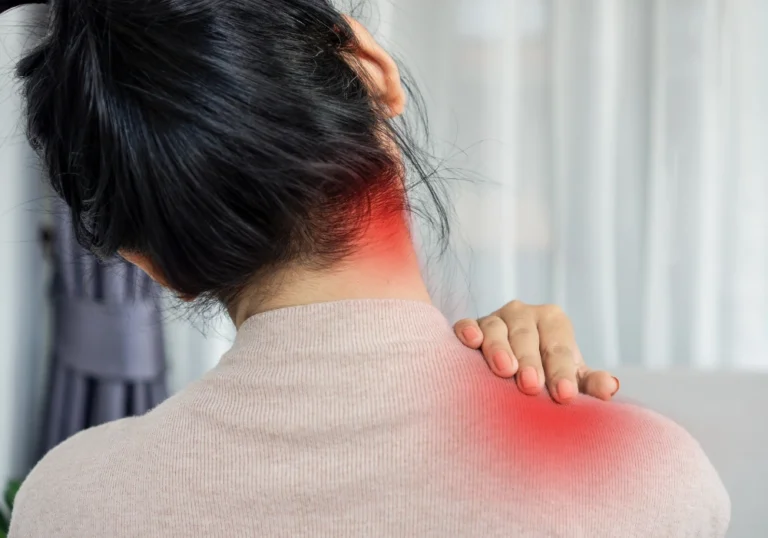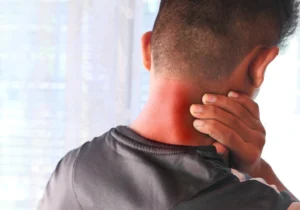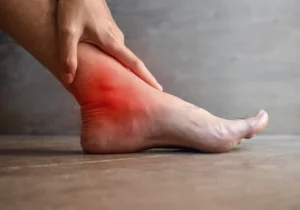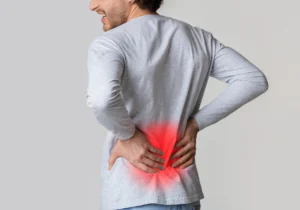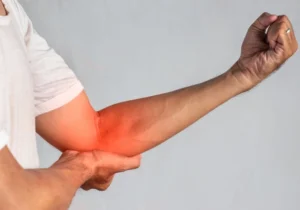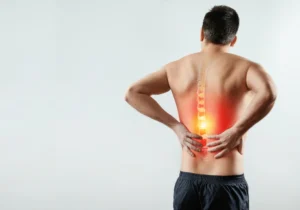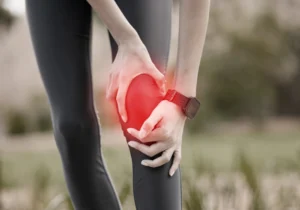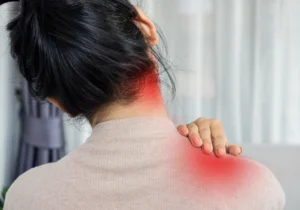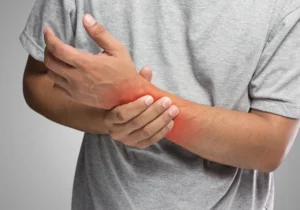Understanding Shoulder Pain
The shoulder is essential for countless daily activities and sports. As one of the most mobile joints in the body, it’s highly susceptible to injury from overuse, trauma, or degenerative changes, often leading to significant functional limitations.
Common Conditions
- Torn or inflamed tissues that connect muscles to bone.
- Pinching of soft tissues during arm movement.
- Fluid-filled cushions becoming swollen and painful.
- Torn cartilage rings that support the joint.
- Wear-and-tear damage causing stiffness and frozen shoulder limiting movement.
These conditions frequently affect athletes and active individuals due to repetitive overhead motions, sudden injuries from falls or contact sports, or gradual wear from aging.
What begins as minor shoulder discomfort can progress to significant pain and weakness, making simple tasks like reaching overhead or sleeping comfortably increasingly difficult.
Limitations of Standard Treatment
Meds, therapy, and cortisone ease pain - but only temporarily.
Therapy improves motion, it can’t heal rotator‑cuff tears or labral damage.
Long rehab (4–6 months) with risks of stiffness, re‑tear, and limited strength.
Conventional treatments focus on pain management through anti-inflammatory medications, cortisone injections, and physical therapy.
While these may provide temporary relief, they often fail to address underlying tissue damage. Cortisone injections can actually weaken tissues over time with repeated use.
When conservative measures fail, surgical intervention is typically recommended. Surgery involves considerations including potential stiffness, possible re-injury, rehabilitation periods of 4-6 months, and complications such as incomplete healing or loss of strength.
Lengthy rehabilitation is required, and patients may experience ongoing limitations even after successful surgical repair.
BRC's Regenerative Solutions
Our comprehensive regenerative approach targets the root cause of shoulder problems:
Stem Cell Therapy
Regenerates damaged rotator cuff tendons, cartilage, and other soft tissues through powerful healing cells.
PRGF (Plasma Rich in Growth Factors)
Provides sustained healing benefits through controlled growth factor release.
PRP (Platelet-Rich Plasma)
Accelerates natural healing processes by concentrating your body's growth factors.
Growth Factor Therapy
Enhances tissue repair and reduces inflammation through targeted biological signals.
These therapies work synergistically to reduce inflammation, promote tissue repair, and restore normal function.
By using your body’s own healing mechanisms, we can often achieve results that compare favorably to traditional treatments.
Comprehensive, Multi‑Source Care
Our ultrasound-guided precision ensures optimal placement of healing cells and growth factors directly where they’re needed most, maximizing therapeutic benefits while minimizing invasive procedures.
Safety and Treatment Process
Using autologous (your own) cells eliminates rejection risks and adverse reactions. Our board-certified physiatrists use advanced ultrasound imaging for precise, comfortable injections.
Treatments are performed in our state-of-the-art facility with comprehensive pre-treatment evaluation and post-treatment monitoring to ensure optimal results.
Expected Outcomes
Most patients experience progressive improvement over 1-3 months, with reduced pain, increased strength, and improved range of motion. Many return to their desired activity levels without surgical intervention.
Individual results may vary based on condition severity and treatment commitment.
Concerned about shoulder surgery risks and months of rehabilitation?
Our comprehensive evaluation assesses your shoulder mechanics, identifies specific problem areas, and creates a targeted regenerative treatment plan.
Please bring: Recent imaging studies (MRI, X-rays), current medication list, activity limitations, and details about movements that trigger your symptoms.
Online Booking Available

